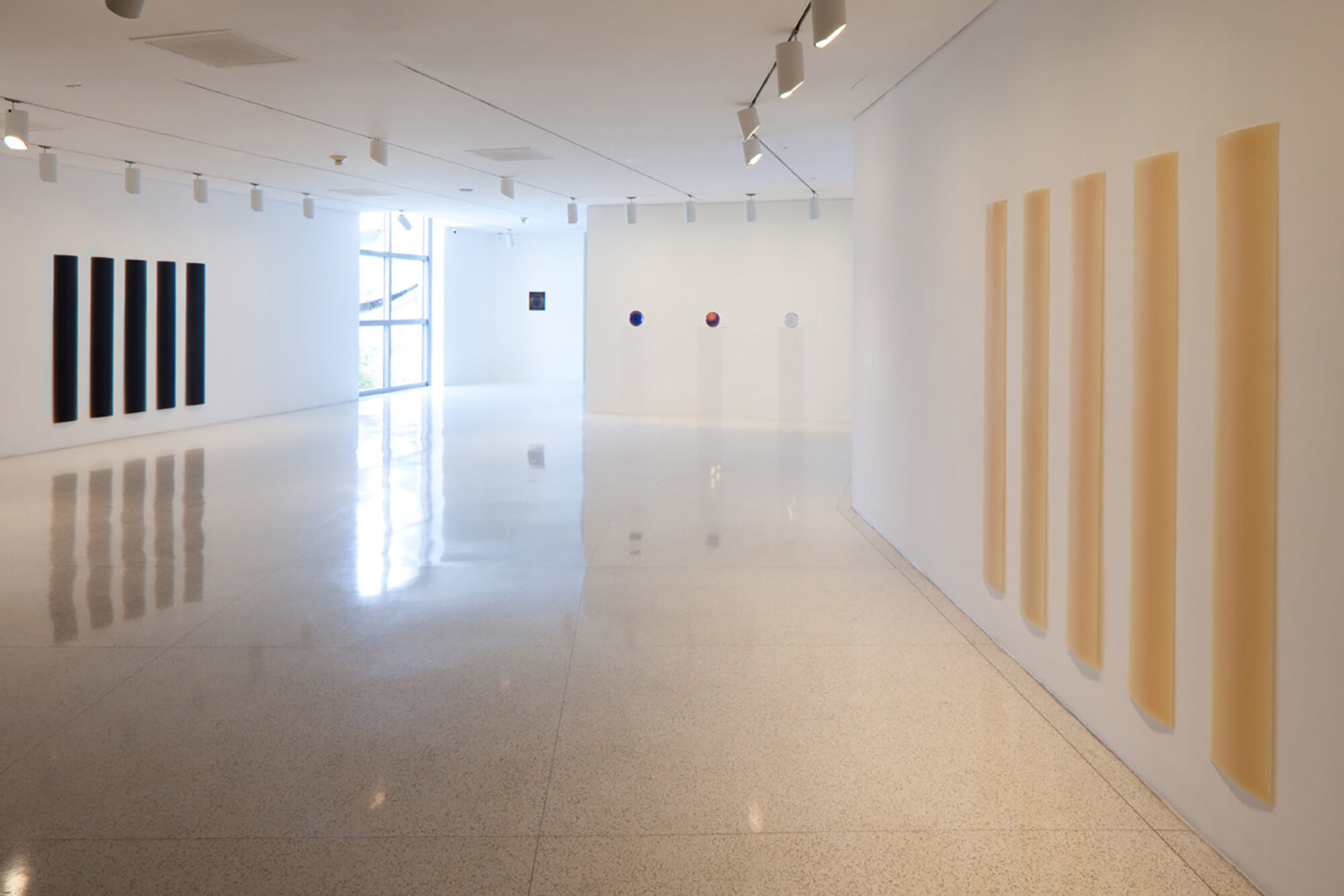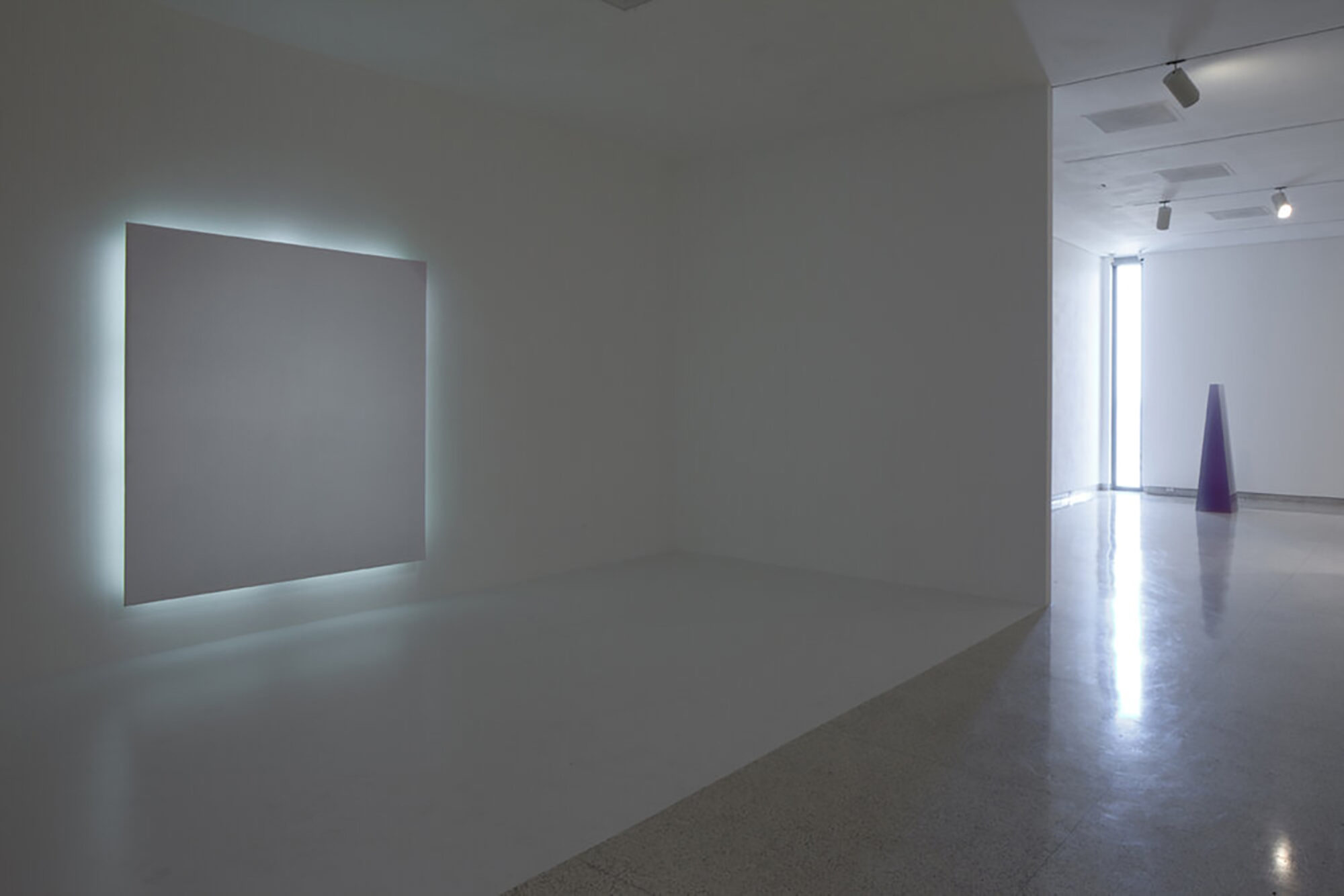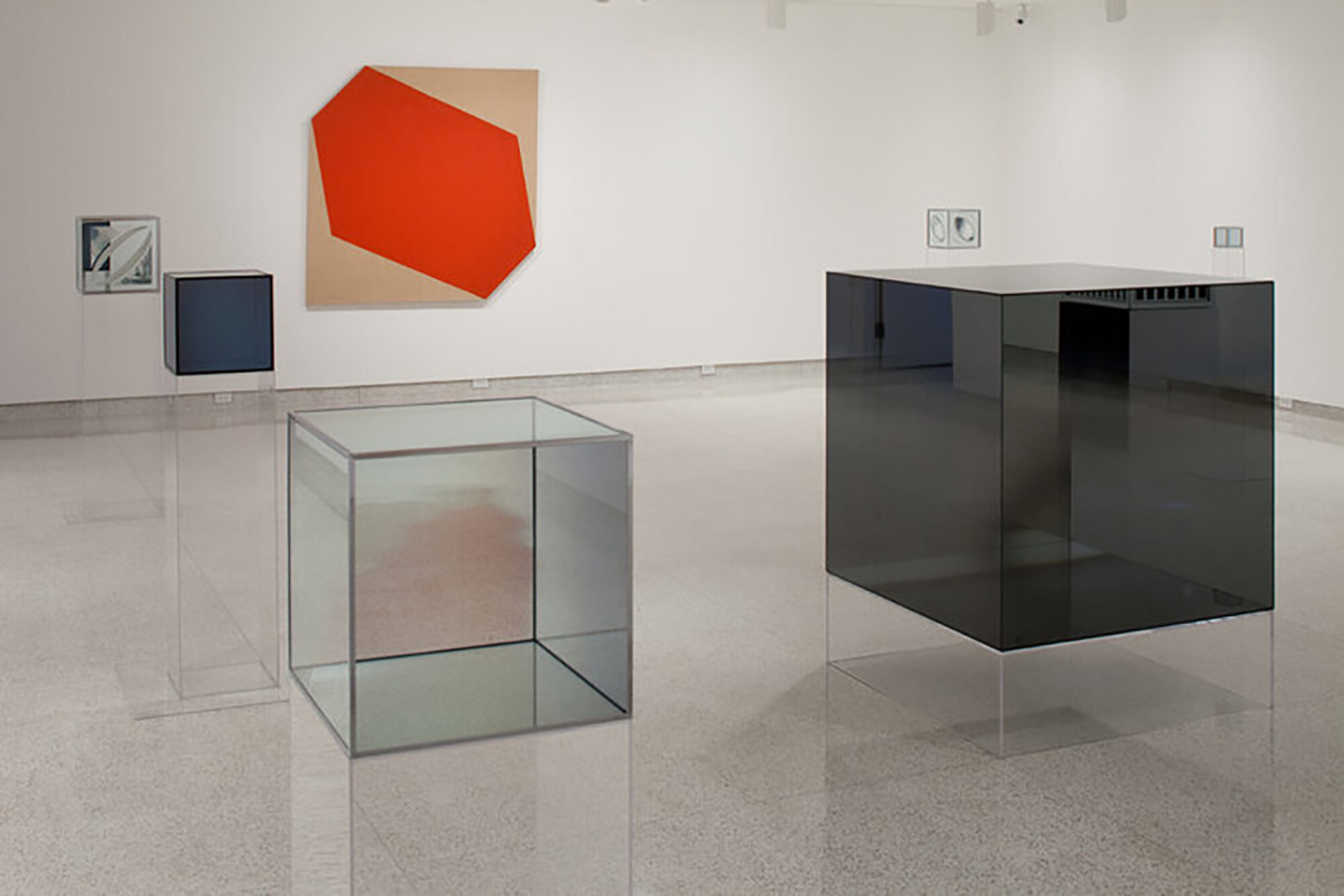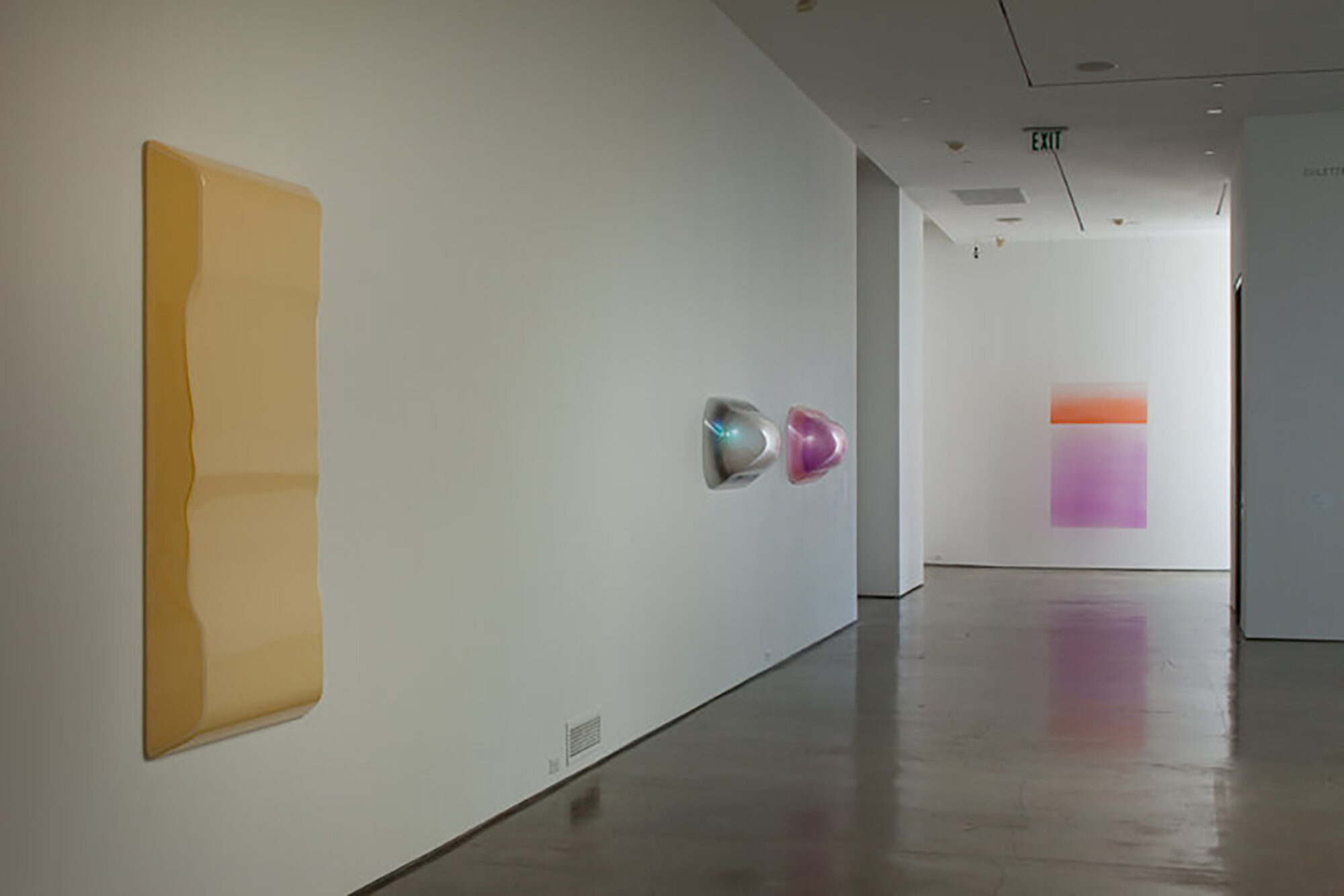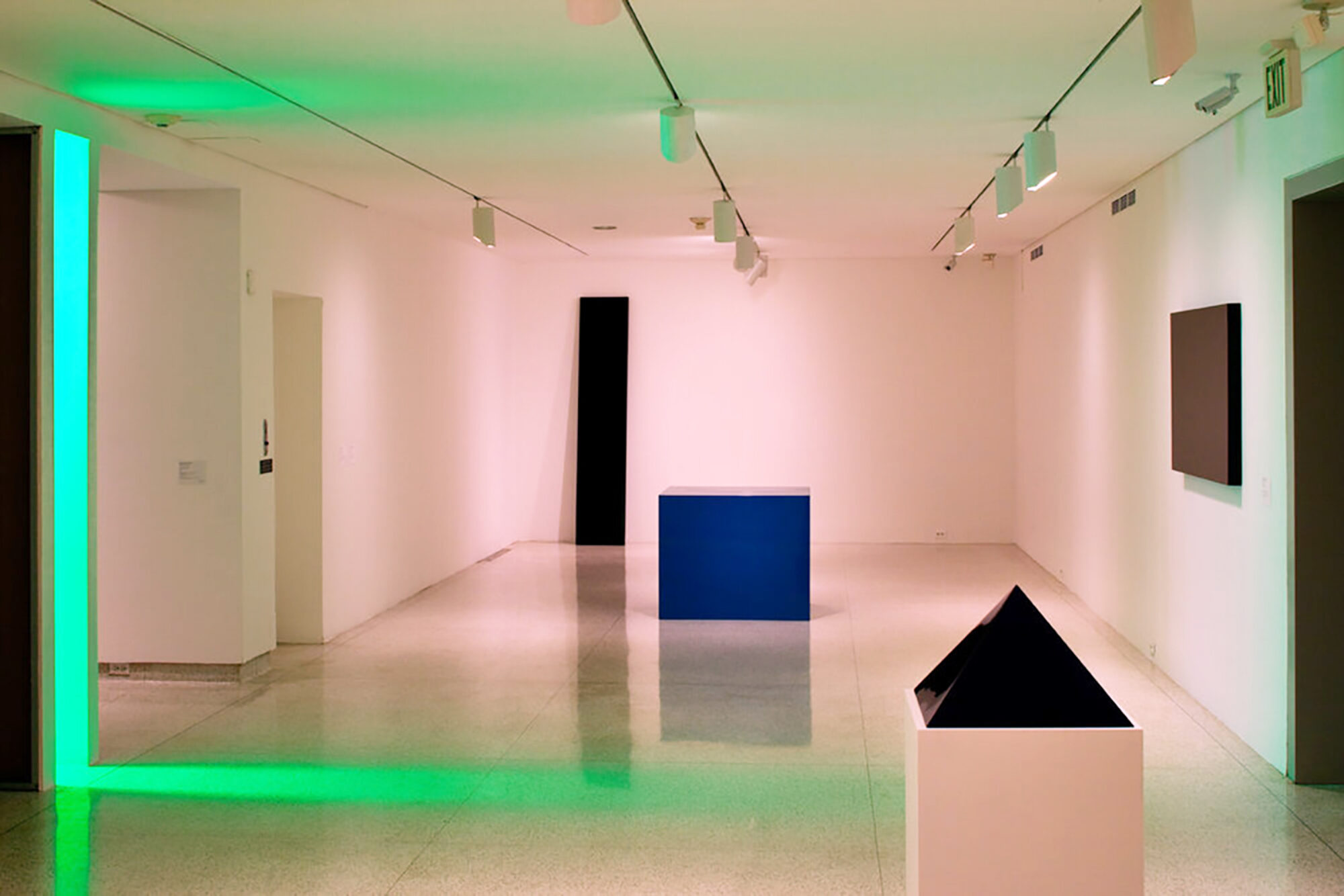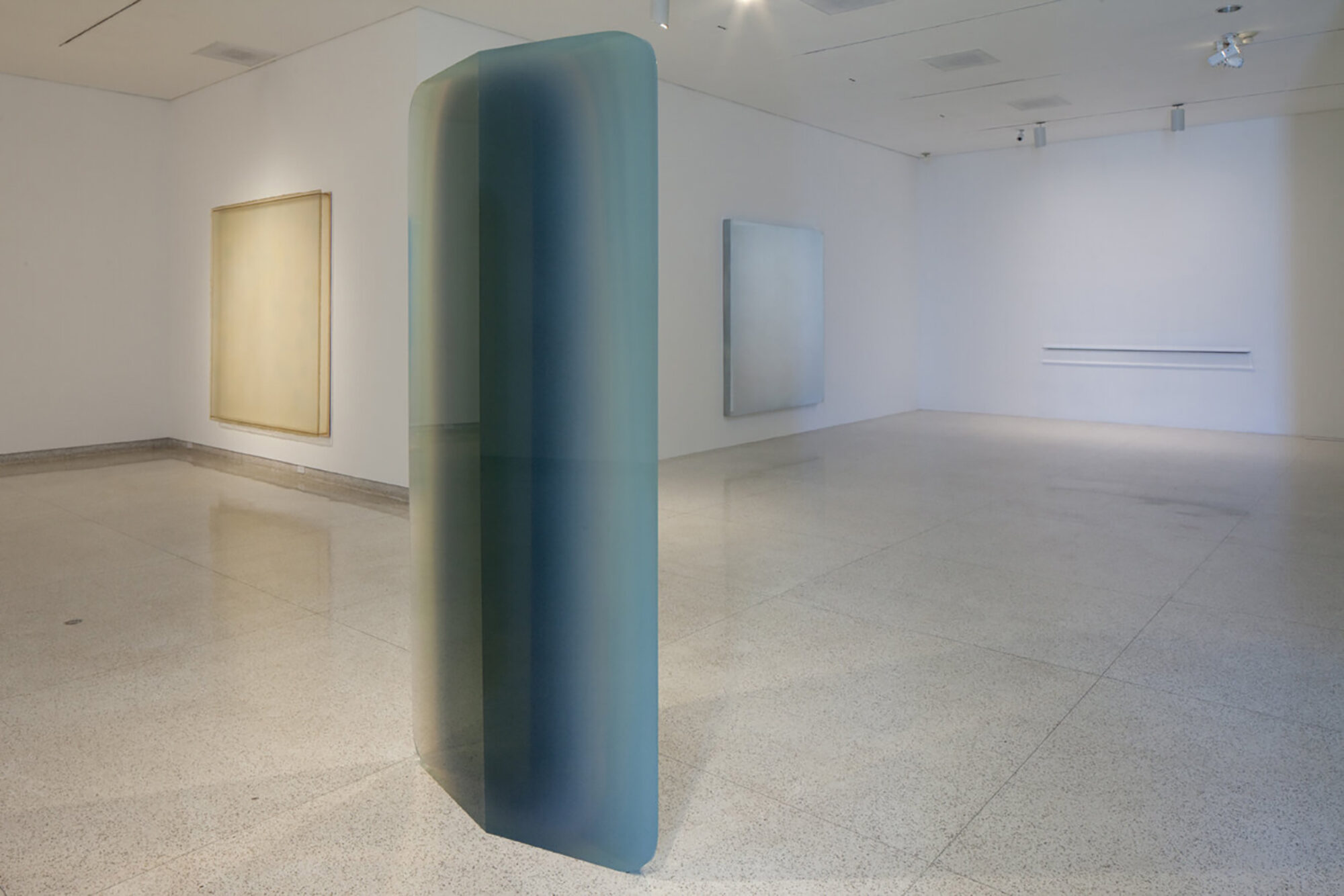We’re open today from 11 AM—7 PM
September 25, 2011 to January 22, 2012
Formerly On view at MCASD and MCASD Downtown
In 2011, the Museum of Contemporary Art San Diego presented Phenomenal: California Light, Space, Surface, the most significant exhibition to focus on a group of artists whose work was often described as part of a Light and Space movement. This project followed several years of research as part of Pacific Standard Time, a major initiative of the Getty Foundation. Alongside many institutions across Southern California, the Museum was challenged to look deeply into its collection and produce new scholarship on the art of Los Angeles from 1945 to 1980. This resulted in several exhibitions, programs, and publications that have brought significant attention to California’s unique art history. Now, ten years later, MCASD reflects back on this important exhibition and the artists featured in the show, whose work is represented in depth in the Museum’s collection. On this page, the Museum presents images of the exhibition, information on select artists and works, and the show’s Audio Guide.
Introduction
In the 1960s and ‘70s, light became a primary medium for a loosely-affiliated group of artists working in Los Angeles. Whether by directing the flow of natural light, embedding artificial light within objects or architecture, or by playing with light through the use of transparent, translucent or reflective materials, these artists each made the visitor’s experience of light and other sensory phenomena under specific conditions the focus of their work. Key examples of this approach include immersive environments by Bruce Nauman and Eric Orr, each of which produce different and extreme retinal responses; the disorienting and otherworldly glow of a Doug Wheeler light environment; a richly hued and spatially perplexing light piece from James Turrell’s Wedgework series, and the subtle sculpting of space with natural light by Robert Irwin.
In addition to artworks which literally claim the entire space of the room, the exhibition also features a number of sculptures and paintings that function as prisms or mirrors to activate the space surrounding them. The properties of glass are explored in Larry Bell’s coated glass cubes and in monochromatic paintings by Mary Corse which are embedded with tiny glass microbeads. Elsewhere in the exhibition, the variously luminous and prismatic effects of cast or vacuum-formed resins and plastics are demonstrated with exceptional works by Peter Alexander, Ron Cooper, Robert Irwin, Craig Kauffman, Helen Pashgian and De Wain Valentine. Lush pigmentation and supreme reflectivity combine in John McCracken’s lacquered sculptures to create bold objects which paradoxically melt into their environment by mirroring the details of the surrounding room.
